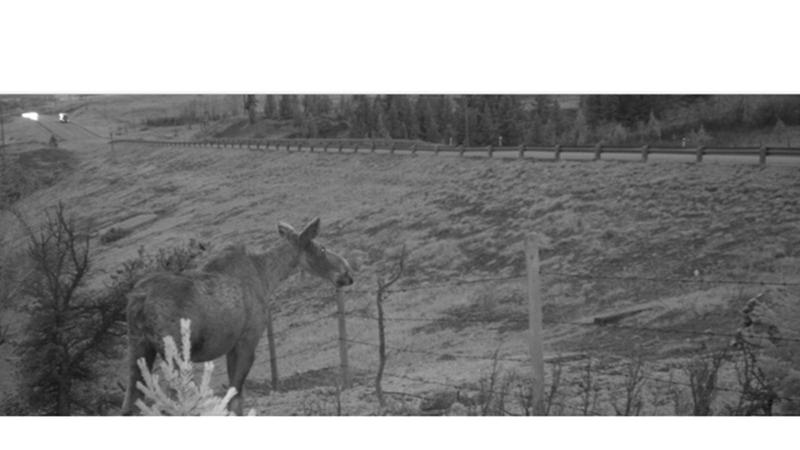
Helping wildlife cross Highway 3 in southwest Alberta
Researchers from universities, government and conservation organizations have launched a new initiative to track grizzly bears, elk, and deer along Highway 3 in SW Alberta — a key wildlife corridor and hotspot for animal-vehicle collisions.
Using satellite collars and remote cameras, officials with the Nature Conservancy of Canada (NCC) say the team is gathering data on how wildlife move across the landscape to help inform new wildlife crossings along Highway 3, aimed at making the road safer for both animals and people.
Officials note that Highway 3 is a busy road in southwest Alberta that runs through a beautiful valley where the Rocky Mountains meet the prairie. It connects the communities of Coleman, Blairmore, Frank, Hillcrest, and Bellevue — together known as the Crowsnest Pass — and is a popular route for both trucks and tourists between Alberta and British Columbia.
But this area is also home to important wildlife like grizzly bears, bighorn sheep, elk, and deer. Officials acknowledge the road can make it hard for these animals to move across the land, and it leads to animal-vehicle collisions that put both people and wildlife at risk.


